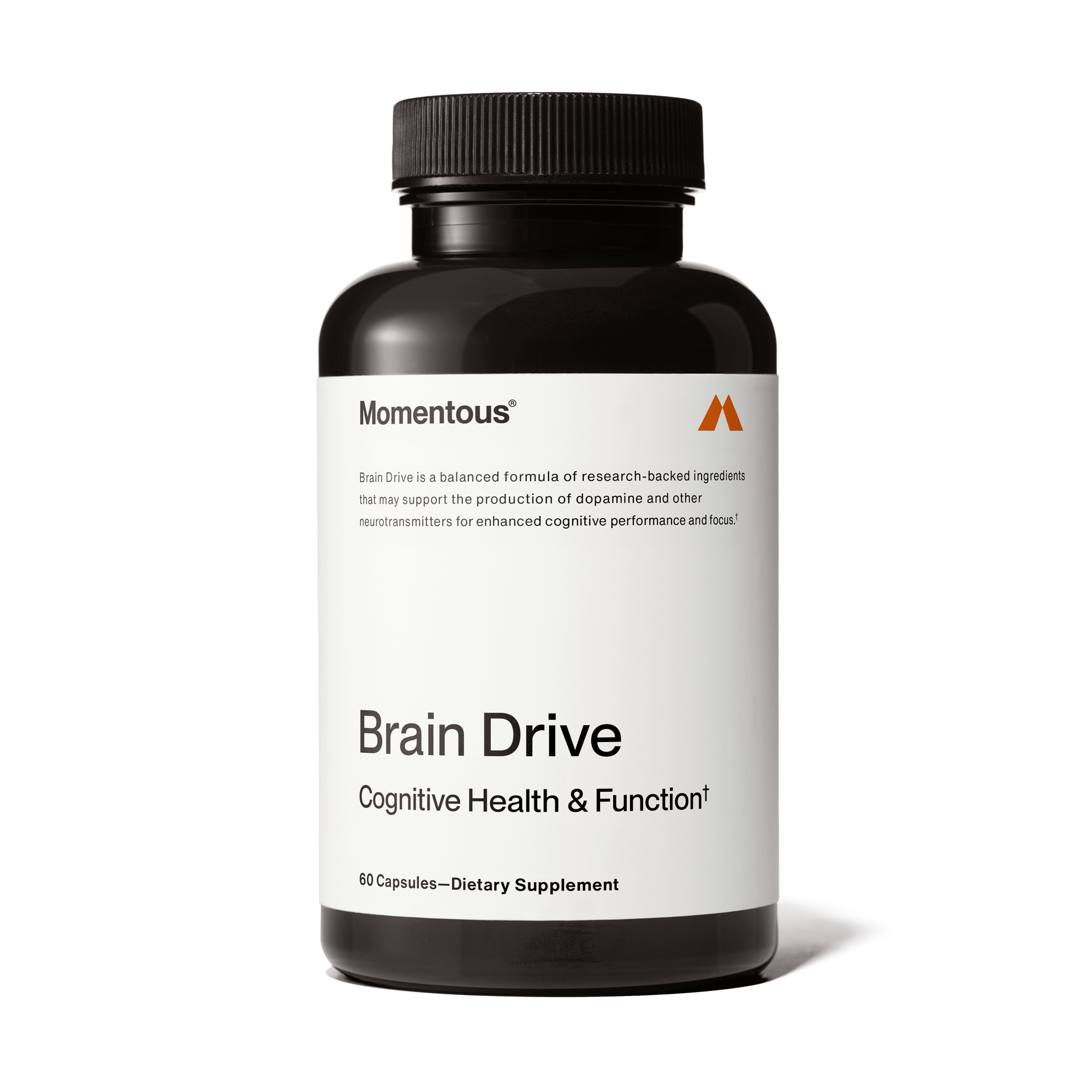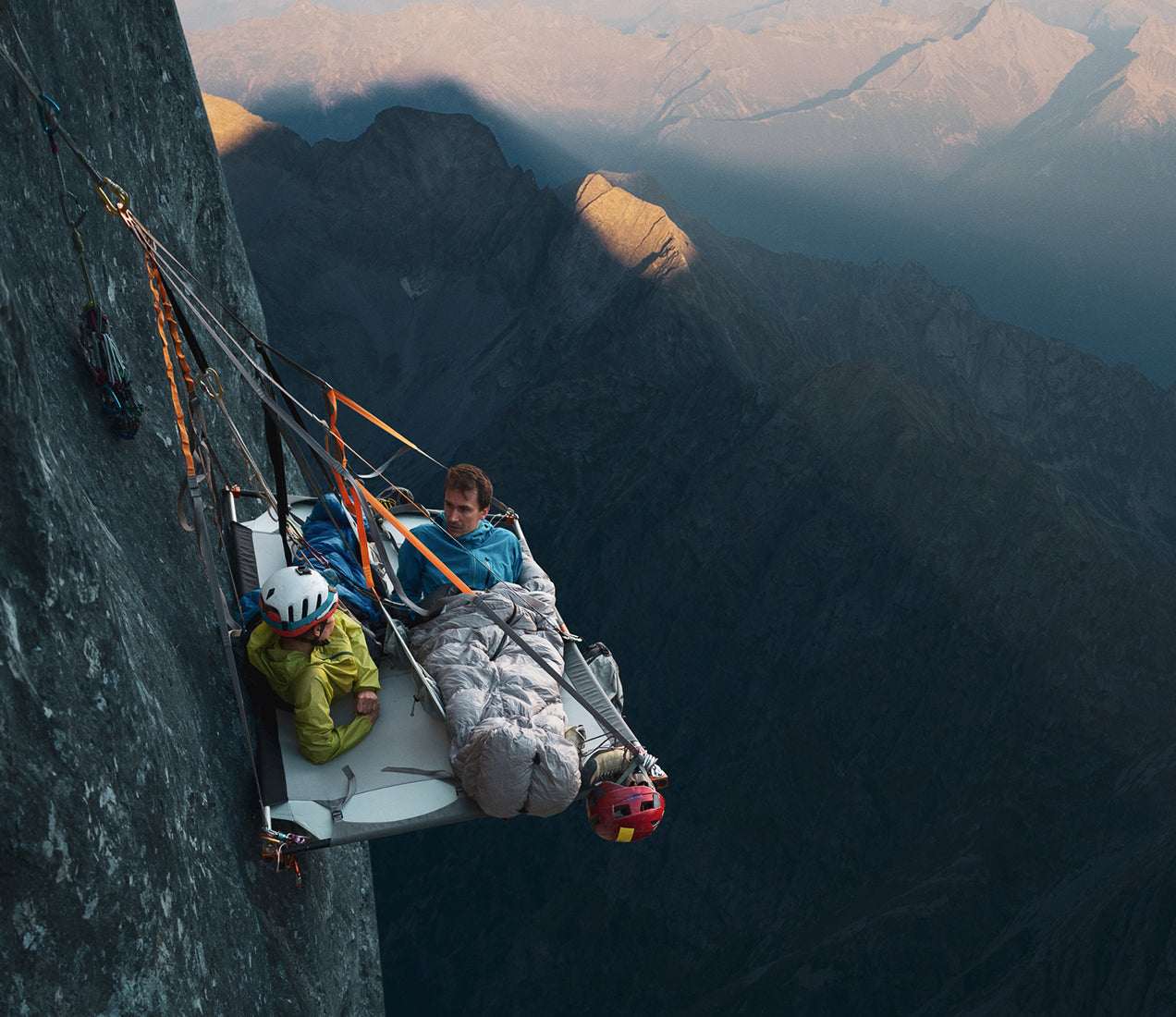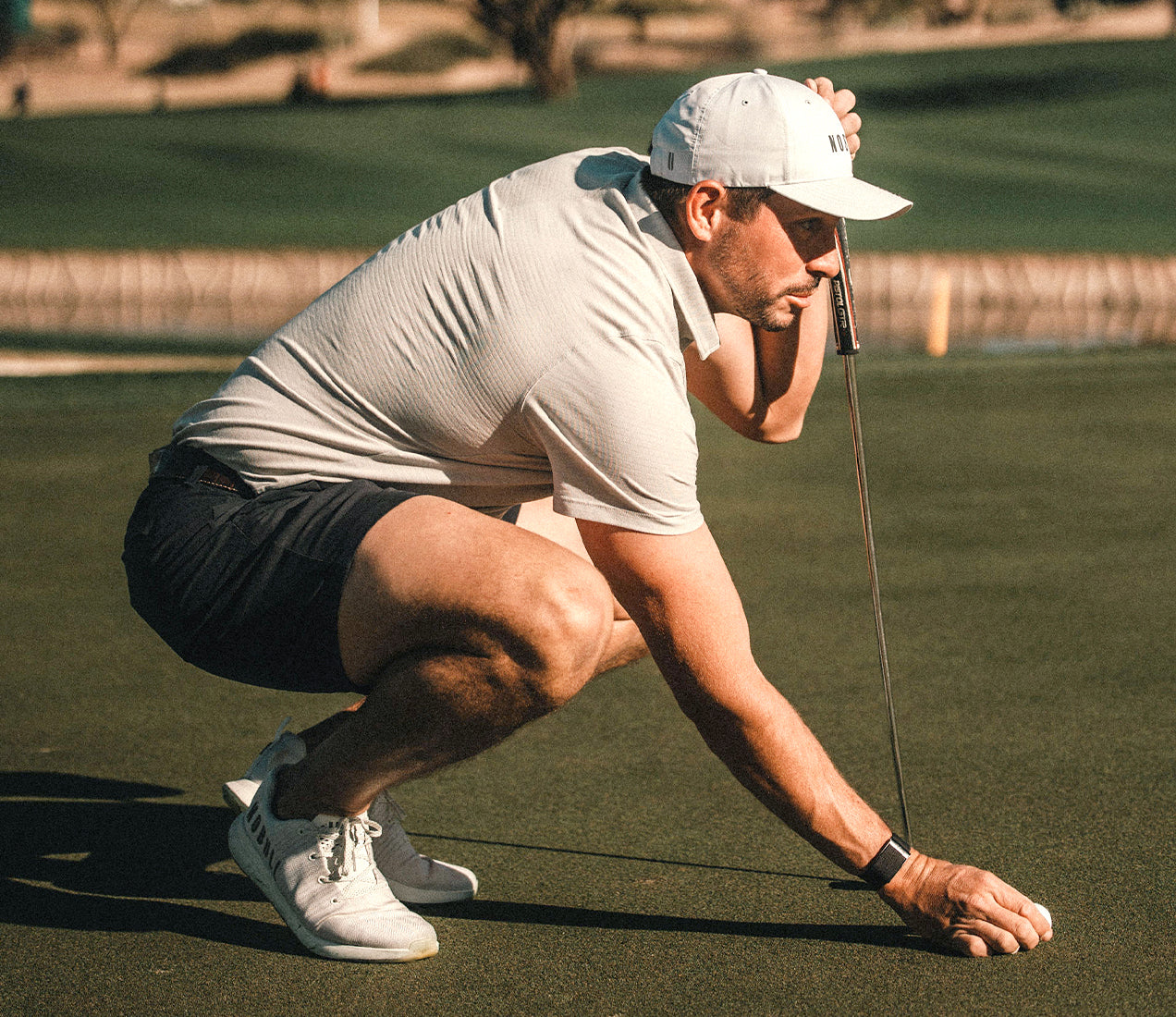Choline source that supports memory, focus + brain health
Daily nootropic blend for clarity, productivity + cognitive function
Whole-food–based formula to fill nutrient gaps for daily health
By Becky Wade Firth
Most runners intuit that good sleep does wonders for our training, racing, and ability to stay healthy. Not only do we feel better overall when our minds and bodies are sufficiently rested; solid shuteye also makes it possible to dig a little deeper and fend off more of those pesky colds and season-threatening injuries.
It’s more than a hunch. A comprehensive review of recent literature led by Dr. Andrew M. Watson spouts the many ways that abundant sleep boosts athletic performance. When sleep duration and quality go up, so do recovery and adaptation, perceived exertion, and—the kicker—endurance performance. On the flip side, sleep deprivation appears to impair performance (possibly making the same effort feel harder), decrease time to exhaustion, hinder recovery, and increase one’s risk of injury and illness (especially upper respiratory infections).
Good sleep doesn’t just make you a better athlete. It works in the other direction too, as consistent exercise makes you a better sleeper. It’s only logical that a hard-working body craves more rest. Sleep Foundation confirms that, reporting that “regular, moderate exercise can extend sleep duration, improve sleep quality, and decrease sleep onset.”
Early Birds, Night Owls, and In-Betweeners
Just like our fast- and slow-twitch muscle fiber makeup, each of us is predisposed to certain 24-hour sleep-wake (and exercise) schedules, known more scientifically as chronotypes. Some people unfailingly rise before the sun, ready to tackle the day, while others are hardcore night owls, feeling most alert when it’s late and dark. Unless you’re part of a training group that dictates your schedule, or have a limited window to get out the door each day, there’s a good chance that you run according to your chronotype.
Here’s how exercising at different times can impact your running and your sleep:
Early Runners
By far, most distance runners train in the early morning hours. Their legs are fresh after a full night (and not yet zapped from a busy day), their heads are clearer than they will be later, the weather is often more favorable, and it’s safest to run right away before other obligations have a chance to start mounting. If you’ve sensed that morning runners tend to be a consistent bunch, you’re right: “morning people” are more likely to exercise than those who sleep in or prefer working out in the evening.
Zzz Considerations: Besides the consistency factor, morning runners also have the advantage of not chipping into their sleep onset times. Their training occurs so early that their bodies will have had more than enough time to cool down and restabilize before they hit the sack. It is possible, however, for early alarm clocks to create a deficit over time if the runner doesn’t adjust on the front end. So embrace those early bird tendencies if you have them, but be mindful of starting your wind-down routine early enough that you’ll still hit the recommended quota each night: at least 7 hours for adults aged 18-60, and more than 8 hours for endurance athletes trying to optimize their performance.
Midday Runners
A second type of runner prefers waiting to train until they’re fully awake or sufficiently fueled and hydrated. They’re the midday runners, the ones who can be spotted on the trails when most of their peers are on the clock. Some people in this category—like parents and individuals with early-starting or inflexible jobs—run when the sun’s highest by necessity, taking advantage of lunch breaks to squeeze in a little motion, too. Whatever your reason for getting out there when you do, the good news is that, like first-thing runs, midday runs can easily be habituated. The only decisions to make are where to head and how hard to go.
Zzz Considerations: Between morning, noon, and night runners, those who train between late morning and early afternoon are the safest, sleep-wise. Their running doesn’t dictate the time they go to bed or when their alarm clock buzzes—although it’s still best to shoot for a minimum of 8 hours and to be consistent from night to night and morning to morning. It’s also worth mentioning that most people reach peak daytime sleepiness between 1:00 and 3:00 p.m. Time your run accordingly, so as to not risk getting a wave of tiredness just before you’re meant to go.
Late Runners
Then there are the later-in-the-day runners, those whose best training opportunity is after work or school, or even when the kids are tucked in bed. Running, for many in this category, serves as an outlet at the end of a day, a chance to clear their head, burn pent-up energy, get fresh air, and, in some cases, get that social fix. A risk of waiting to run until later is that mustering up the necessary discipline can be harder when you’re spent from a full day, your stomach is growling, and you’re pulled in any number of directions. To combat those temptations, you can enlist the help of an accountability partner or two, who will make you more bail-proof than you might be alone.
Zzz Considerations: Conventional wisdom advises against exercising three hours of going to sleep. Aerobic exercise (which most running is) increases heart rate, body temperature, and adrenaline—all of which can mess with your perceived sleepiness and ability to fall asleep. But our responses to exercise, and its interaction with sleep, varies wildly. Several recent studies have shown that most people who exercise in the evenings fall asleep quickly, get sufficient deep sleep, and wake up feeling rested. Some people even show a sleep boost from evening exercise! An updated guideline for evening runners suggests keeping your intensity at a light to moderate level—so save those hard intervals for a better time, if you can—and wrapping it up at least 60 minutes before your planned bedtime.
Takeaways
Sleep and exercise are inextricably linked and mutually beneficial. Whether you identify as an early riser, a midday thriver, or a night owl—and train accordingly—you can feel good knowing that neither your workouts nor your sleep has to suffer. The key is aiming for 8 or more hours of shuteye every night, making adjustments on either end if necessary, and finishing your run an hour or more before you go to bed. If your training and sleeping schedule feels sustainable, balanced, and enjoyable, you’re probably doing it right.

















